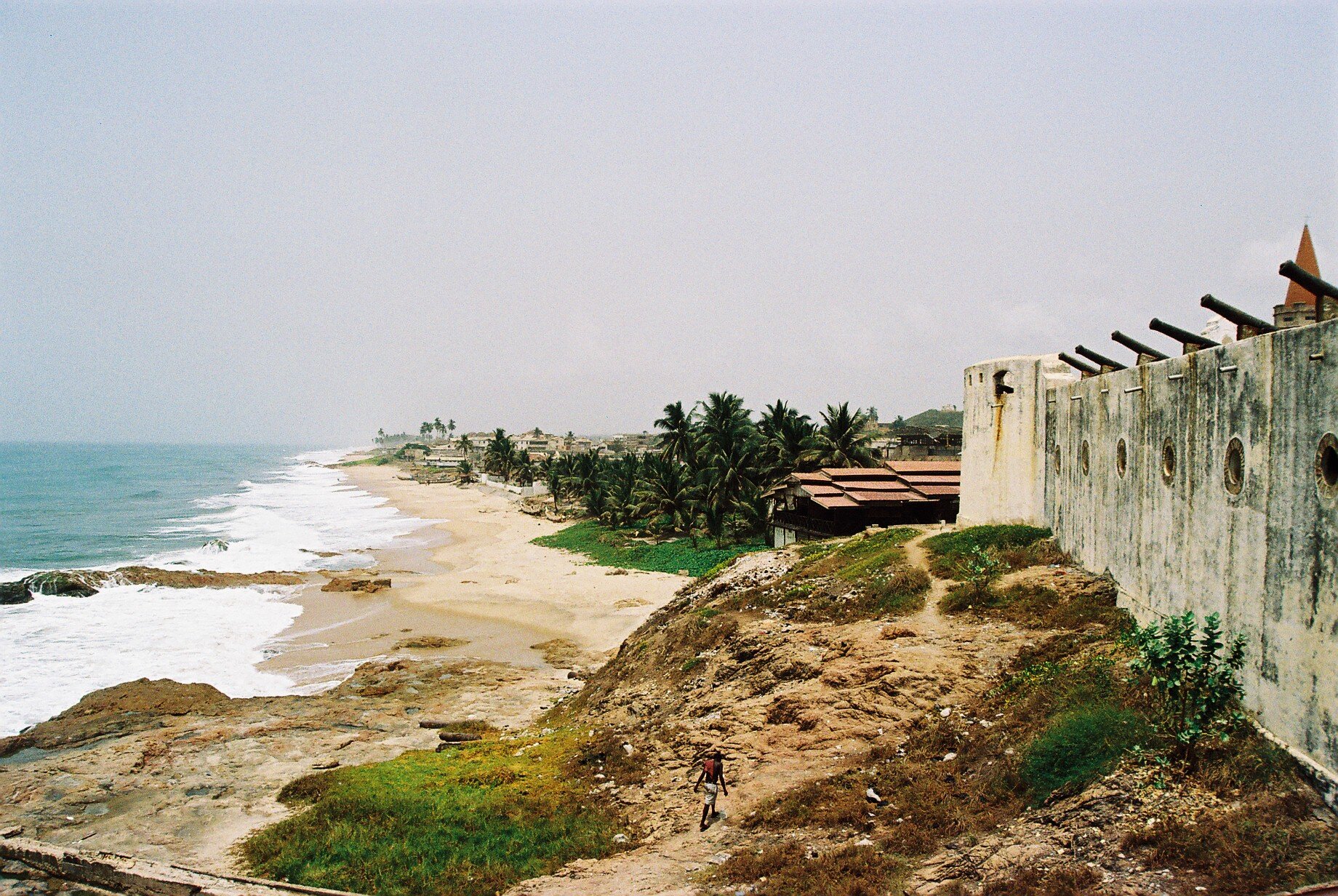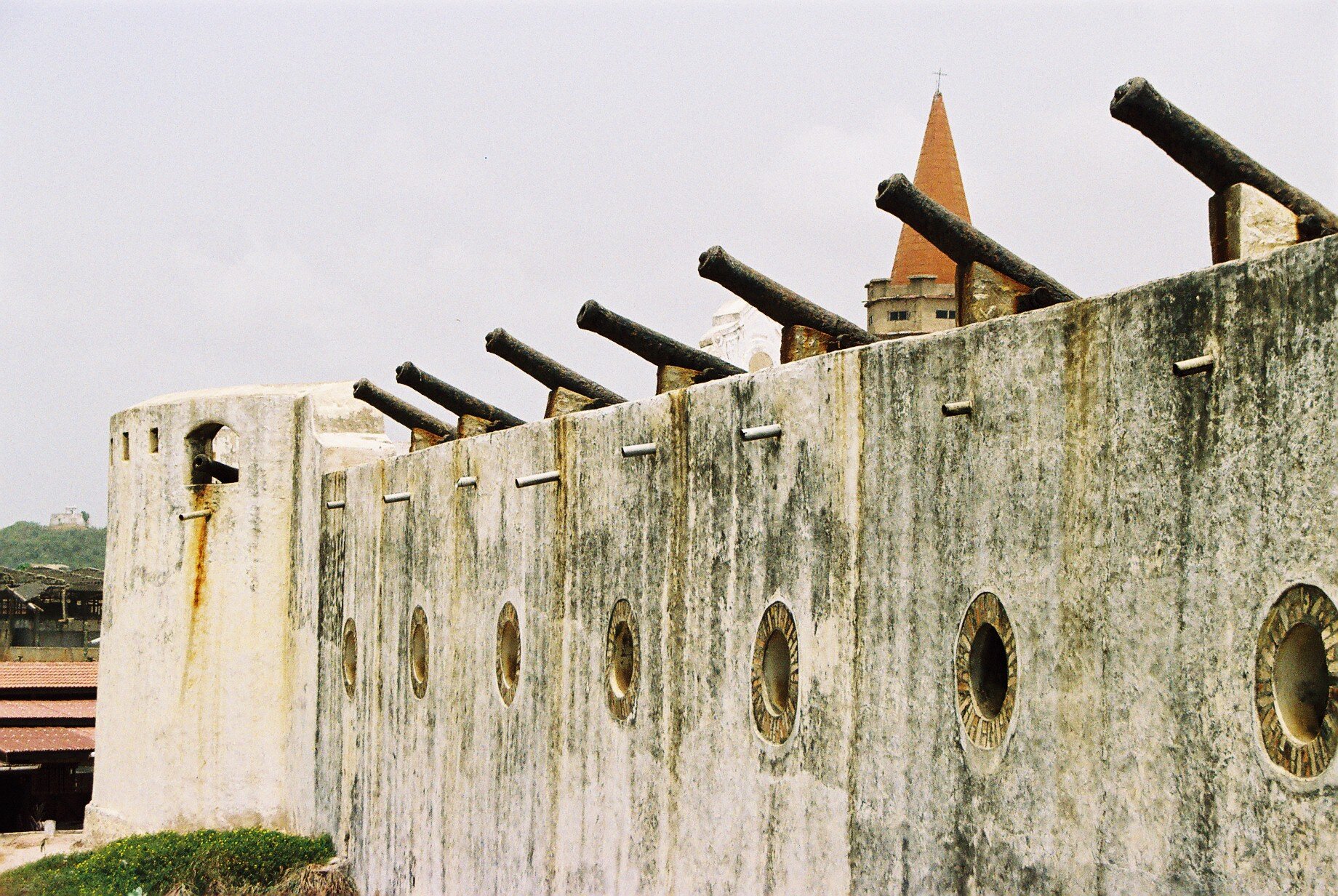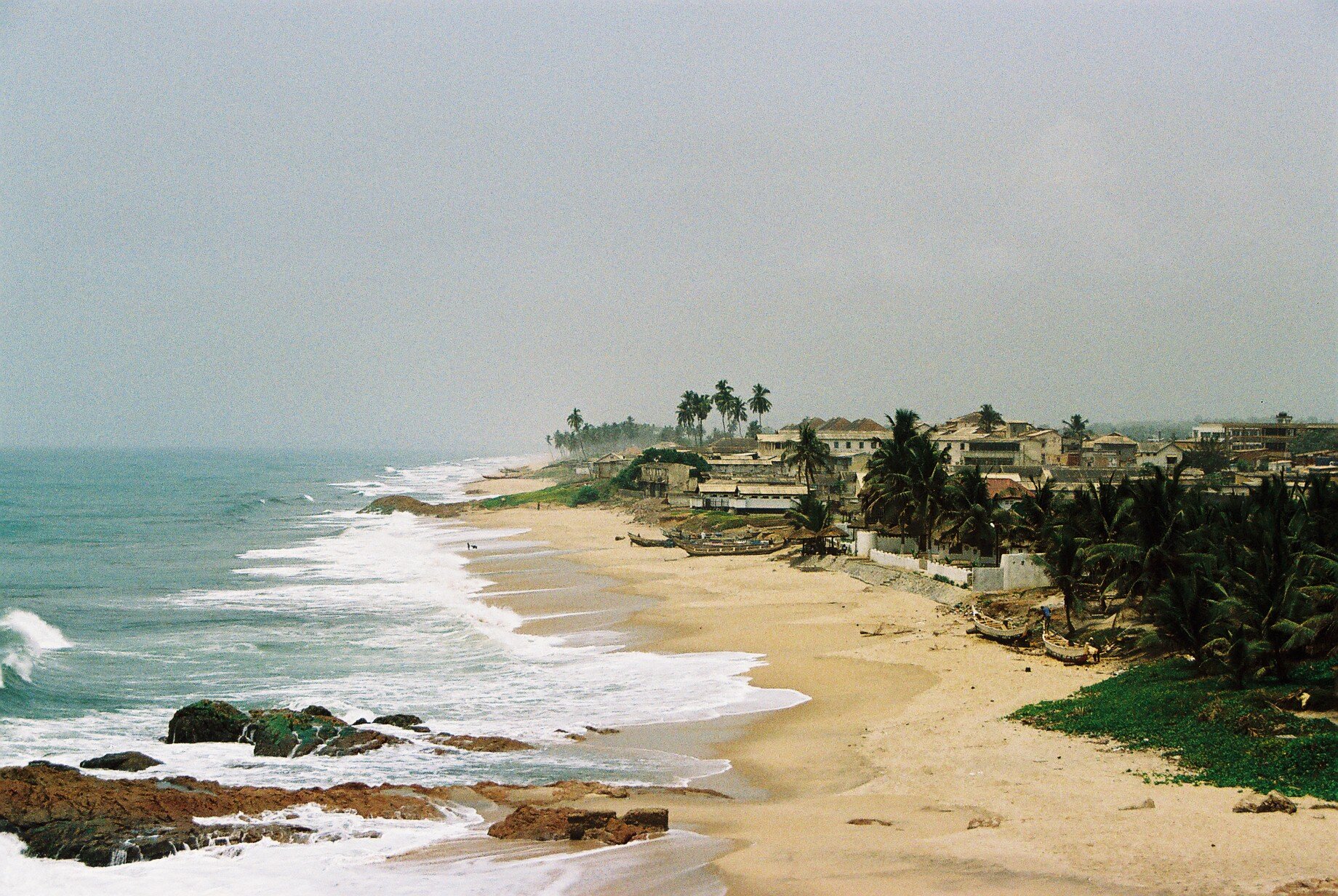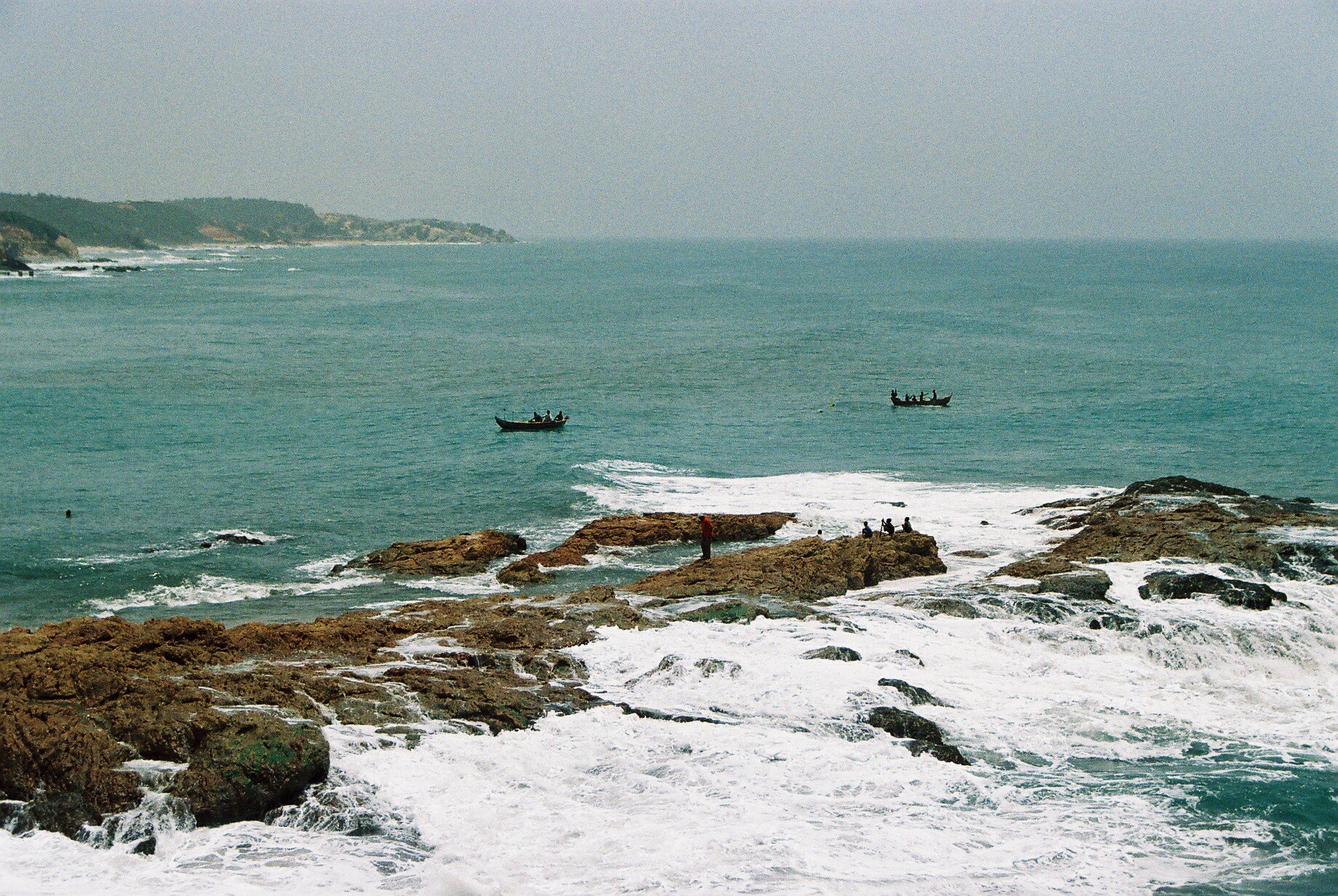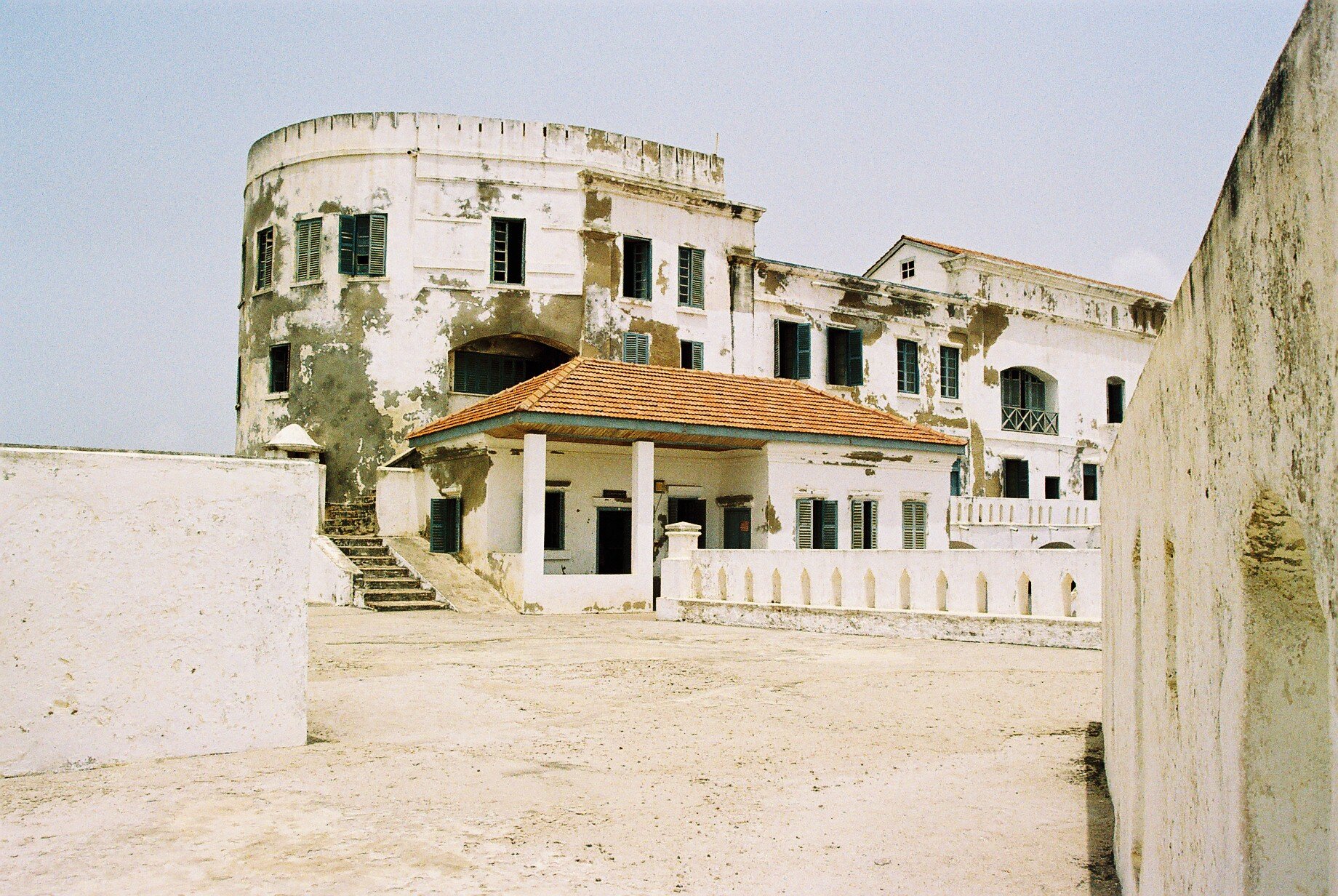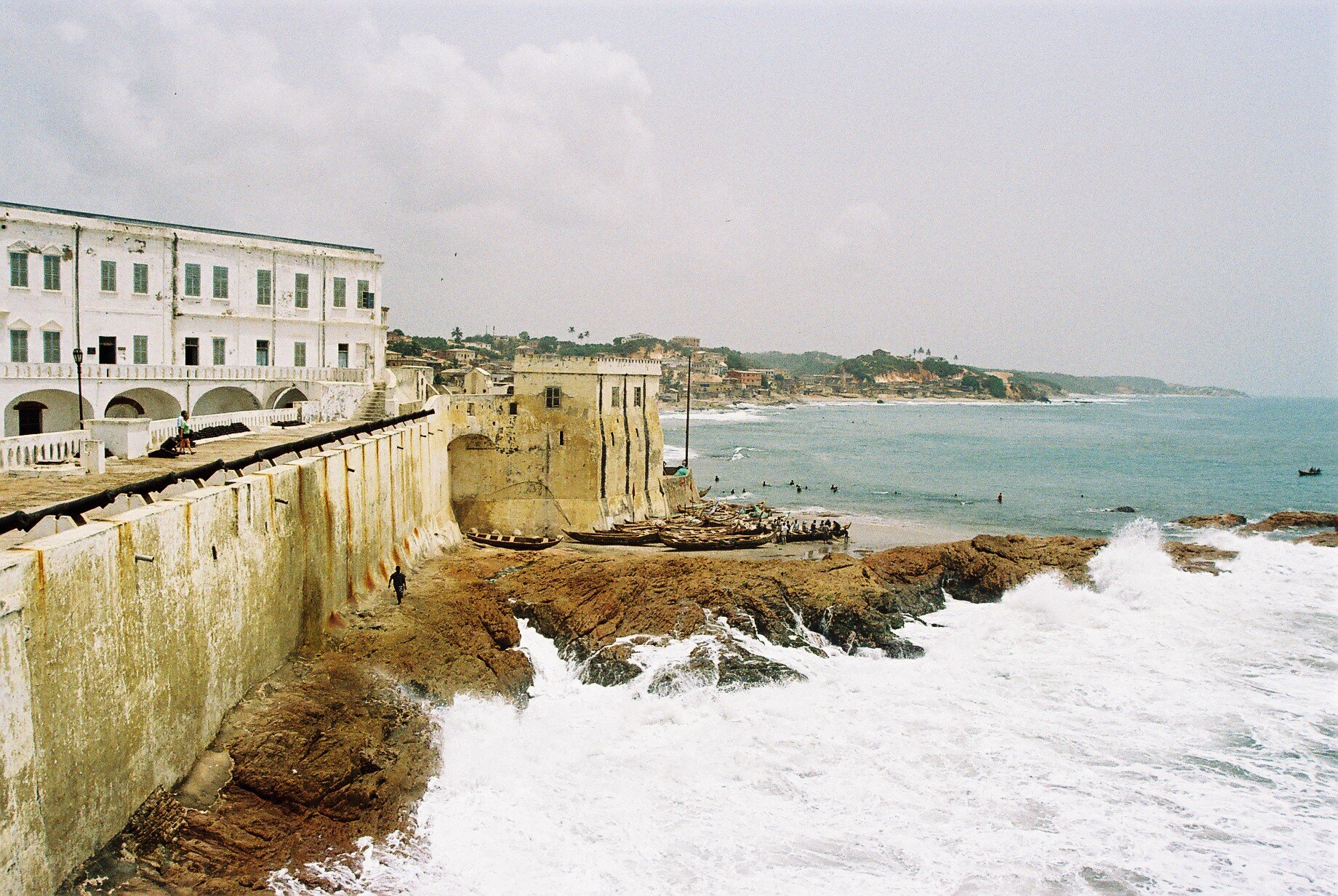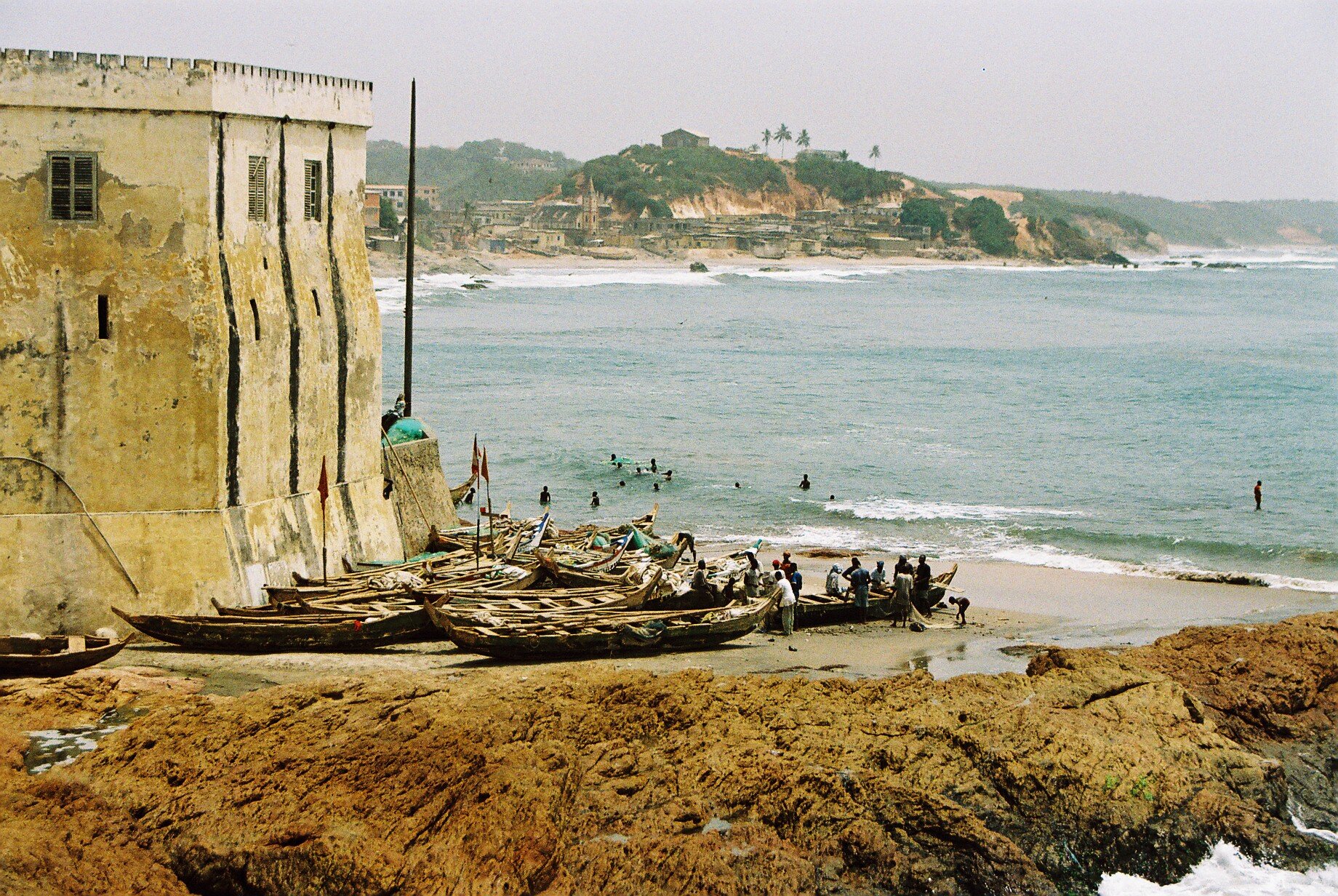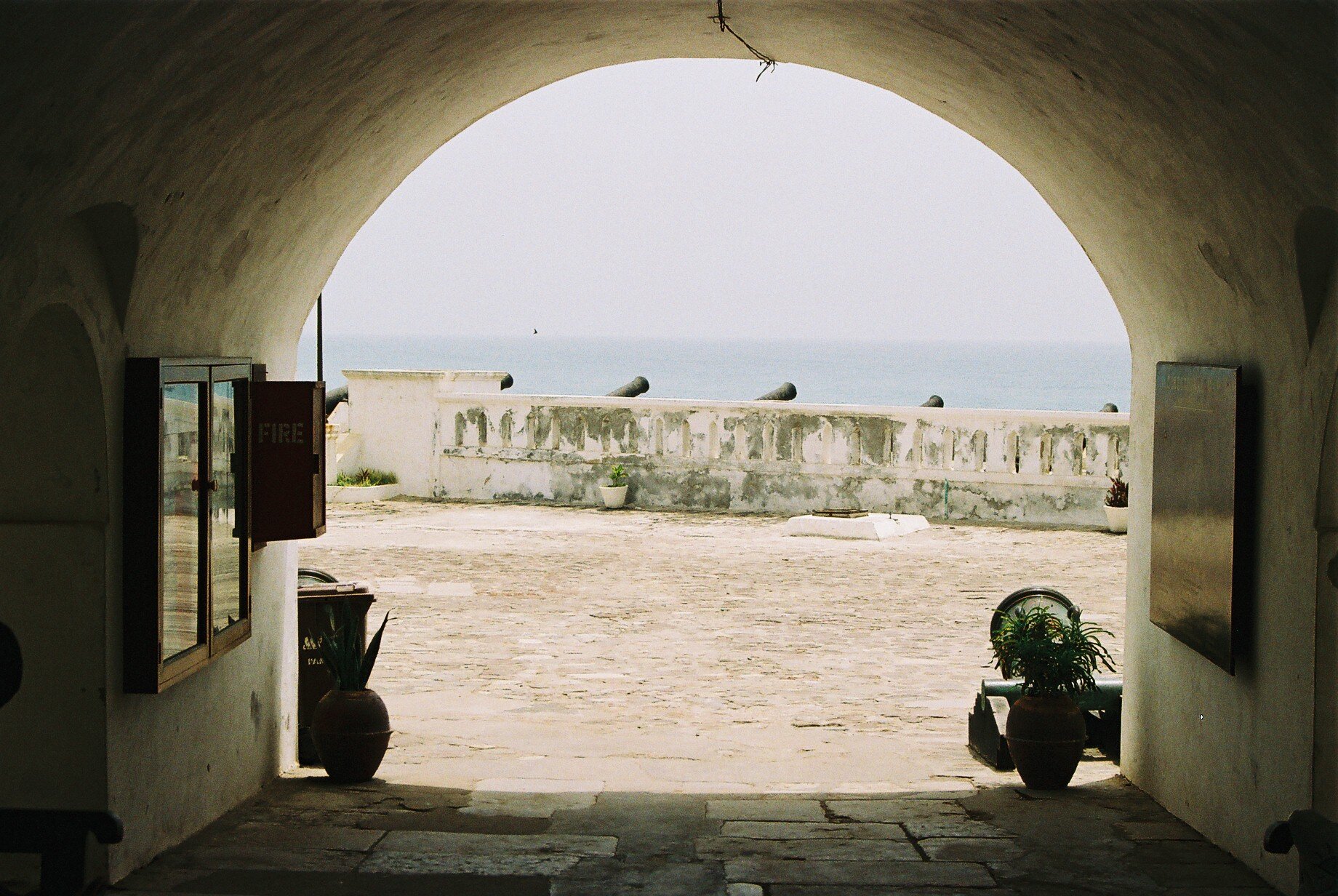Slave Trade

The British decision to end the slave trade was less about humanitarian concerns and more about strategic economic interests, aimed at weakening French colonies during the Napoleonic Wars. This move, framed as a moral act, was rooted in imperial self-interest, as the British Empire continued to exploit slave labor and maintain racial hierarchies.
While the abolition of the trade is celebrated, it's crucial to recognize that for enslaved Africans, 1807 did not bring freedom; it merely halted the shipments while systemic oppression endured for decades longer.
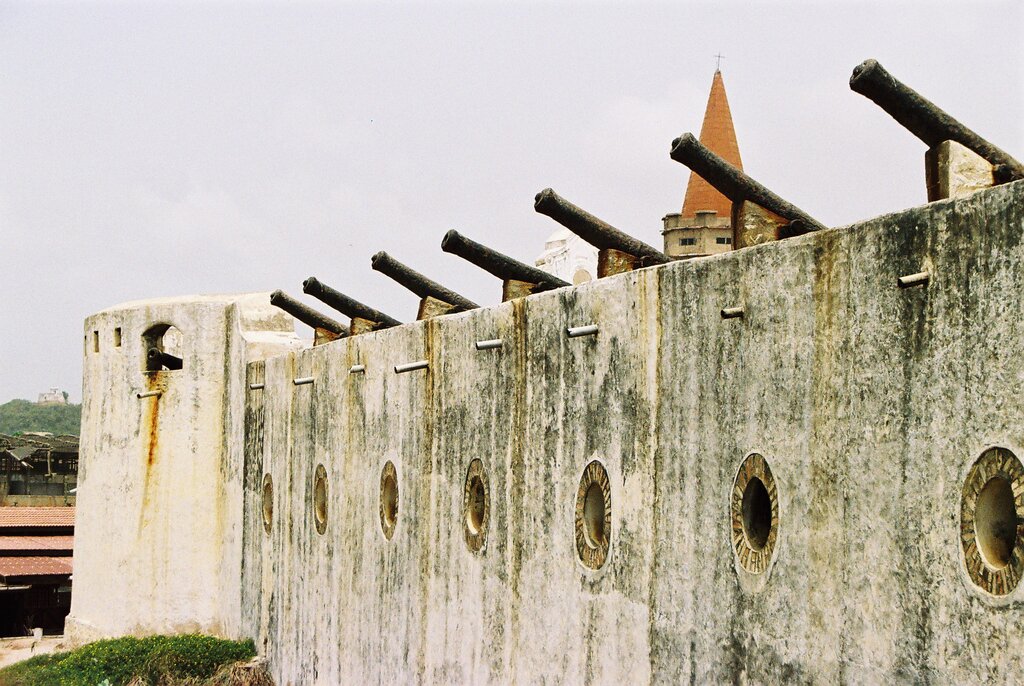
USA Civil War
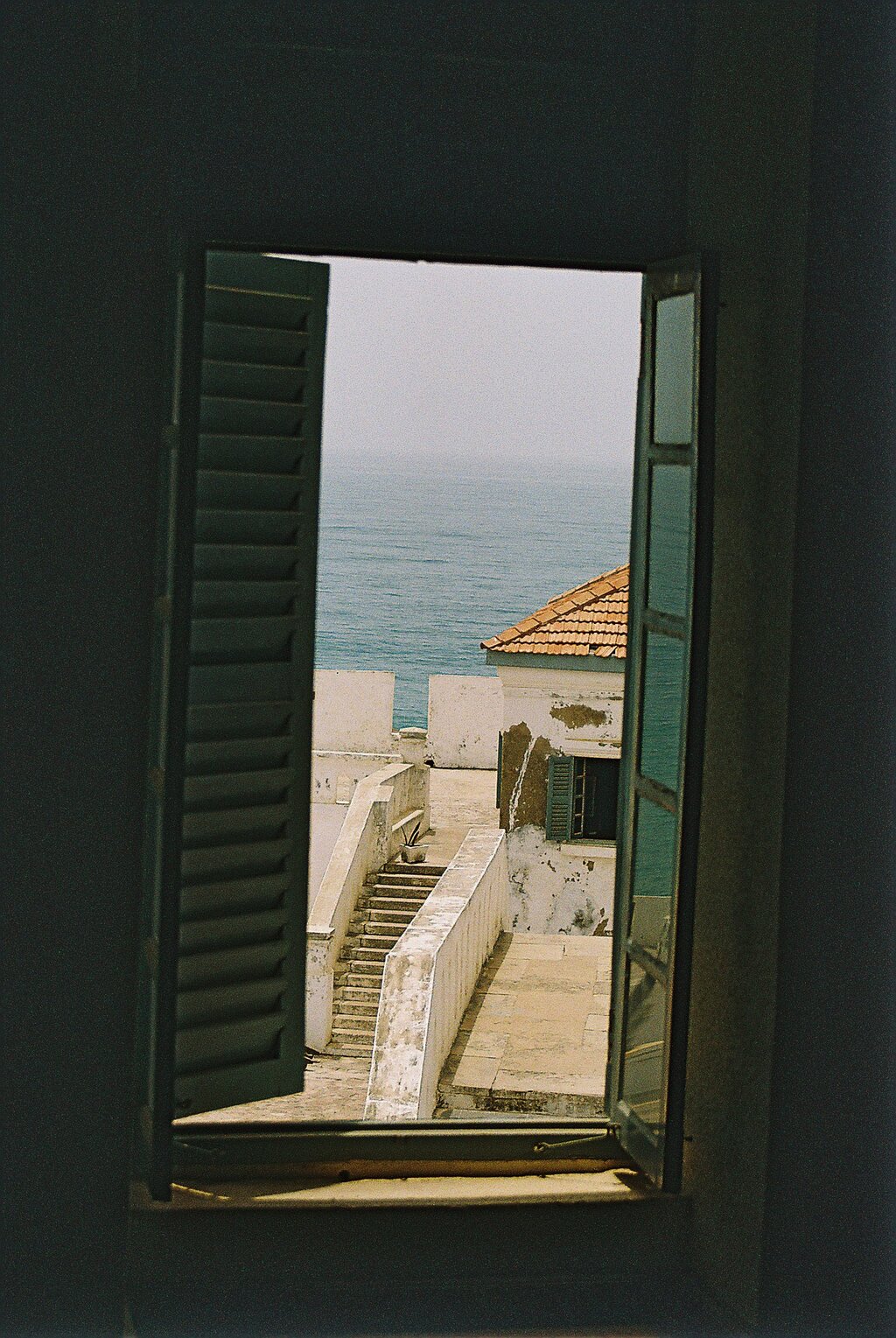
The Proclamation also allowed formerly enslaved Black men to join the Union Army, with nearly 200,000 fighting for their freedom, making the war a social revolution against the contradiction of liberty versus slavery. By April 1865, slavery had effectively ended in the South, leading to the Thirteenth Amendment's ratification, which formally outlawed slavery nationwide.
However, the end of slavery did not eliminate racial injustice. The post-war era of Reconstruction saw a brief period of Black political participation, followed by violent backlash, segregation, and the Jim Crow system. While the abolition of slavery was significant, it marked only the beginning of the ongoing struggle for true equality.
Slave Owners
By the time Britain officially abolished slavery in 1833, there were about 46,000 registered slave owners across the British Empire. These individuals held legal claim over nearly 800,000 enslaved men, women, and children, mostly in the Caribbean, parts of Africa, and South Asia.
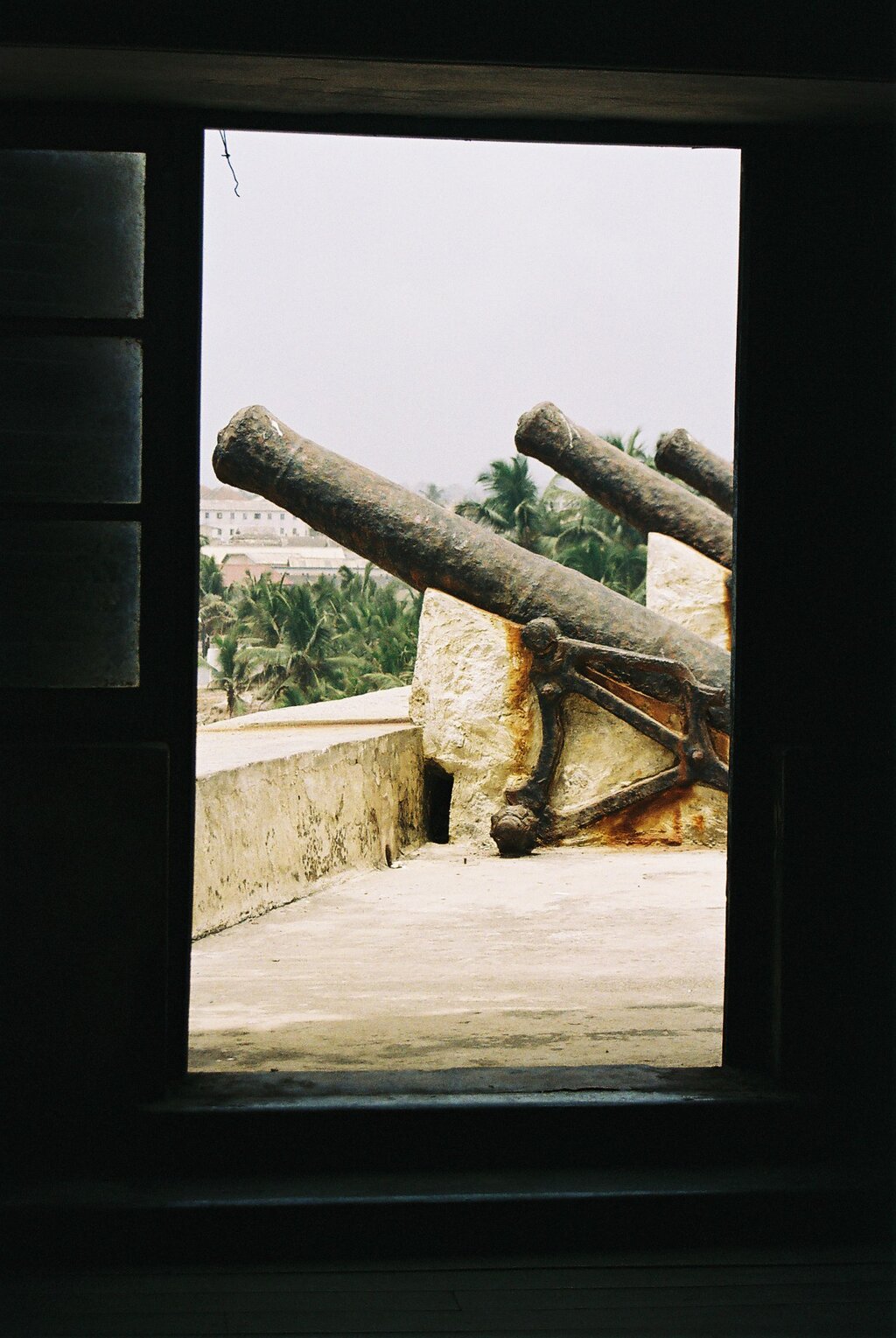
After the Slavery Abolition Act of 1833, many freed people were subjected to a forced "apprenticeship" system, working without pay for up to six more years, with full emancipation only achieved in 1838. This reality contrasts with Britain’s narrative of abolition as a moral victory; it was driven by economic interests, political pressure, and the resistance of the enslaved. The legacy of slavery not only enriched British elites but also shaped enduring institutions, a truth that is vital to recognize.

